Colonel Henry Wallace Johnston
The Wizard of Palm Lodge
The Green Bay Press-Gazette posted an article titled, "Ice Cream Grown on Vine in the yard of Former Kentuckian."
The article was about the fabulous Colonel Henry Wallace Johnston, who, until the age of 50, had operated a hardware store in Lebanon, Kentucky. At midlife, he moved to Homestead, Florida. And, in 1912, Henry created a 20-acre estate he called Palm Lodge Tropical Grove.
Henry was a character. He enjoyed dressing the part of a tropical explorer, wearing a tropical outfit complete with a white helmet and looking as if he had just finished playing Jumanji.
Henry became known as the Wizard of Palm Lodge or Florida's Burbank (a nod to California's Luther Burbank), and he added over 8,000 incredible specimens of tropical fruits and flowers - many not found anywhere else in America.
Truly, Palm Lodge gained Henry worldwide recognition. And, although Henry never traveled outside the United States, he was a natural marketer, and Palm Lodge's impressive reputation brought the plants to him. Henry's story includes the following spectacular facts:
- He grew almost all of his plants from seed.
- He coined the name "lipstick tree".
- He grew a rare flower that produces a perfume called the "Scent of Lilith."
- He grew the Dumb Cane tree or dieffenbachia from Cambodia. He would tell folks that if they bit into the leaves, their tongue would be paralyzed for six weeks.
- He successfully cultivated rubber plants. Harvey Firestone and Henry Ford brought back rubber plants from Madagascar, but only Henry's plants had survived.
- He grew the Palestine Tree, and he wrapped the fruit in cellophane while on the tree to protect against insects. The fruit was used in religious rituals by rabbis, and Henry would send it to them.
- He grew the Gingerbread Palm, and the palm's fruit tasted of gingerbread.
- He furnished almost all of the plants for the State of Florida's tropical exhibit at the Chicago World's Fair.
- He produced nearly 300 different types of fruits and jellies and packaged all of them at Palm Lodge.
- He was a master of the aloe vera plant, and he planted a 15-acre aloe field. By 1920, Henry was regularly harvesting the leaves and bringing them to Miami, and each one had to be individually wrapped to stop the spines from making the jelly ooze out.
- He loved to tell about a plant he called "the ice cream vine," botanically known as the Monstera Deliciosa. The fruit resembles a giant ear of corn minus the husk and tastes like a combination of banana, strawberry, and pineapple.
Henry's Palm Lodge of Florida was a showplace, and there was no charge for admission. Homestead Florida's chamber of commerce advertised that 30,000 people, including botanists, visited the Lodge every year. And, one day, after 2,000 or so guests had passed through the gardens, the register revealed that Henry Ford had visited, unnoticed in the crowd.
This post was featured onThe Daily Gardener podcast:
helping gardeners find their roots,
one story at a time
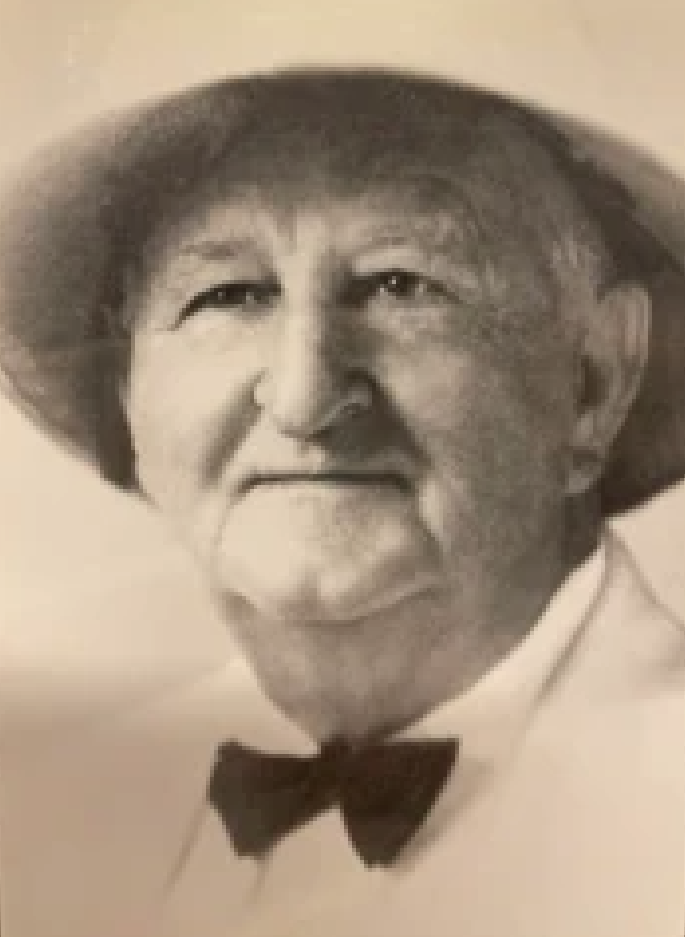

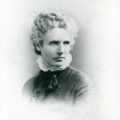
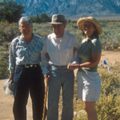
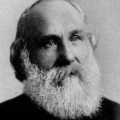
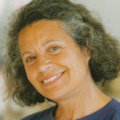
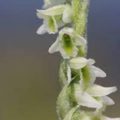
Thank you for writing this article about my maternal great grandfather, Henry Wallace Johnston. The photo with the article is of Henry Agard Wallace, Franklin Roosevelt’s Vice President, Secretary of Agriculture, etc., and not Henry Wallace Johnston of whom you write in the article.
Hi Bob, this is Elizabeth. I recently purchased Palm Lodge. Let me know if you want to get connected! I would love to learn more history. Cheers.
Hi Bob. Thank you for letting me know about the incorrect post image. It has been updated. I appreciate you reaching out.
Elizabeth – How very lovely that you now own Palm Lodge. What a history. I’m glad someone who is passionate about the legacy is now the steward.